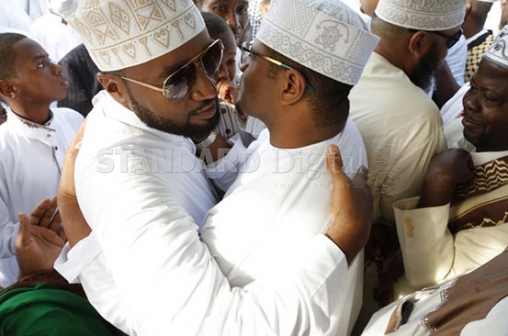
The arrival of Coast politicians at the national political stage in general – and their increased importance in national opposition politics in particular – has captured significant public attention in recent years, especially, since the 2013 General Election that unveiled devolution. However, this has not been accompanied by an easily identifiable and distinctive Coast political agenda, including a unified political community of Wapwani.
The current political leadership in the Coast is known more for its divisions, personal rivalries, and competing economic interests, than for its unity of purpose. This is why differences among Coast politicians should not be read as local manifestations of national differences between the National Super Alliance (NASA) and Jubilee, but should be understood as a result of very localised political divisions and personal rivalries. At the Coast, politicians usually tap into national politics only to gain a favourable position within local political and economic battles.